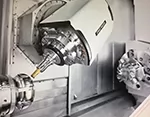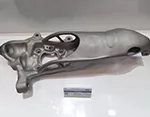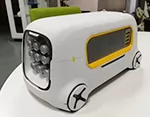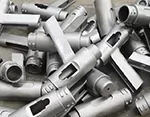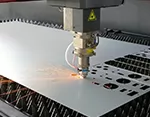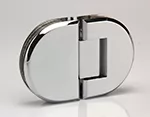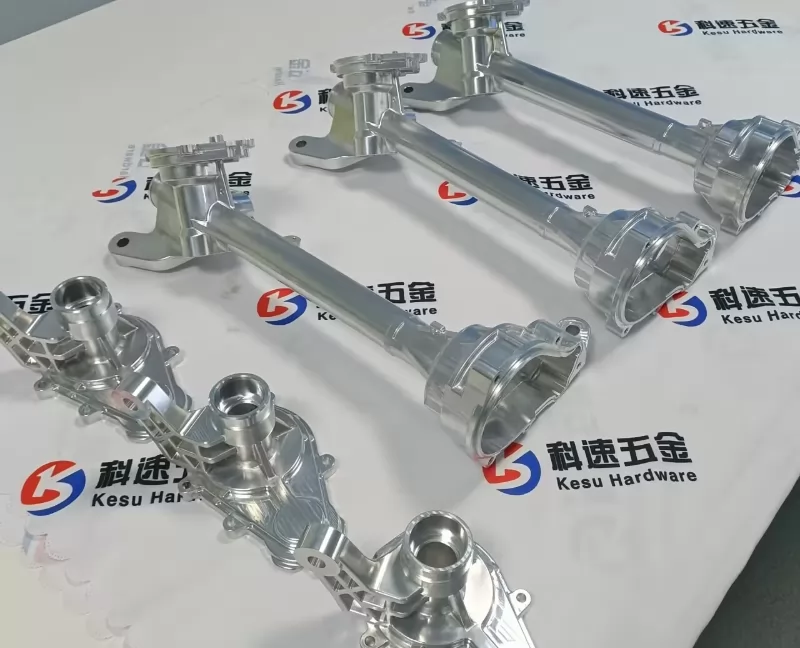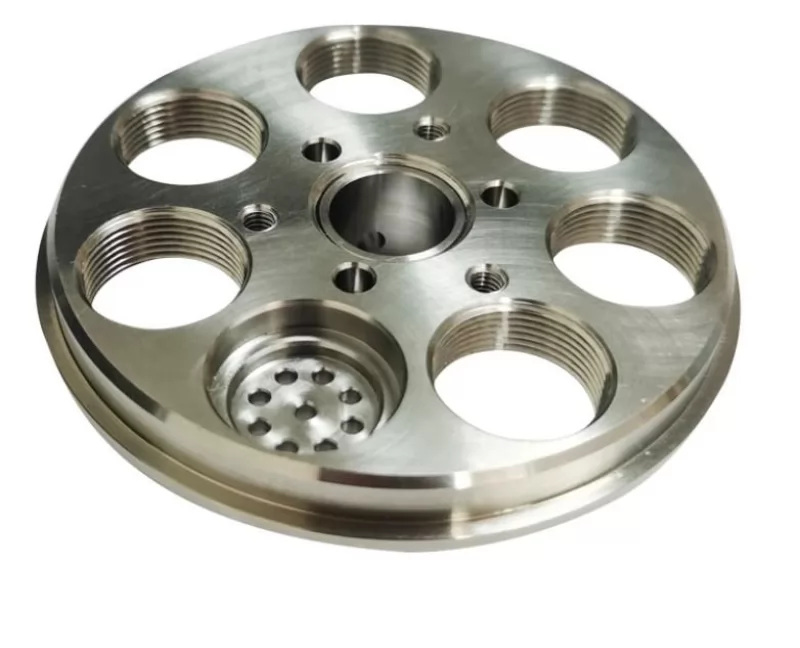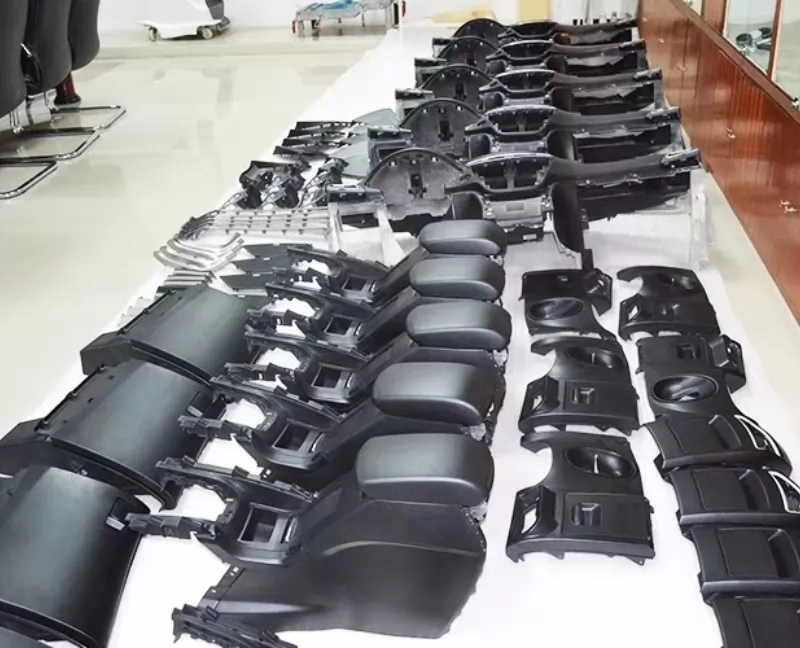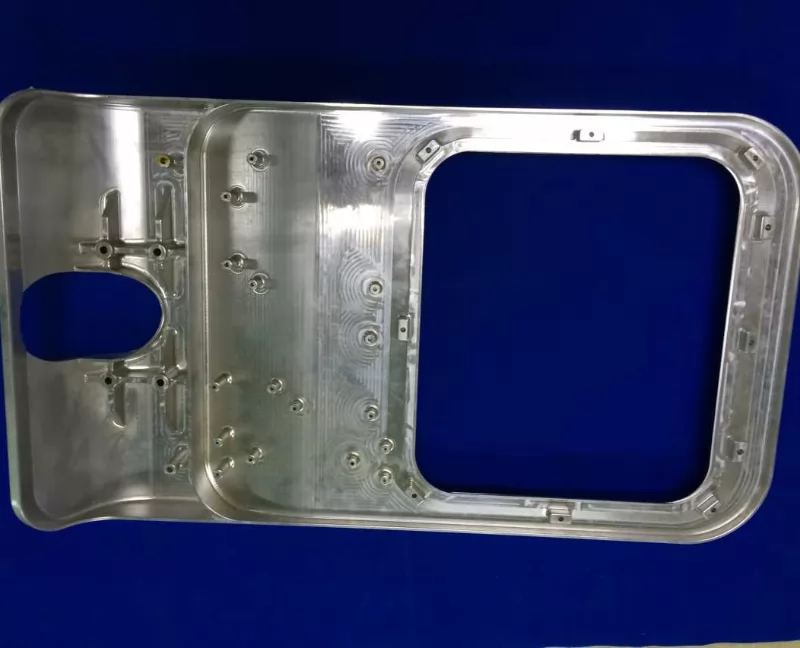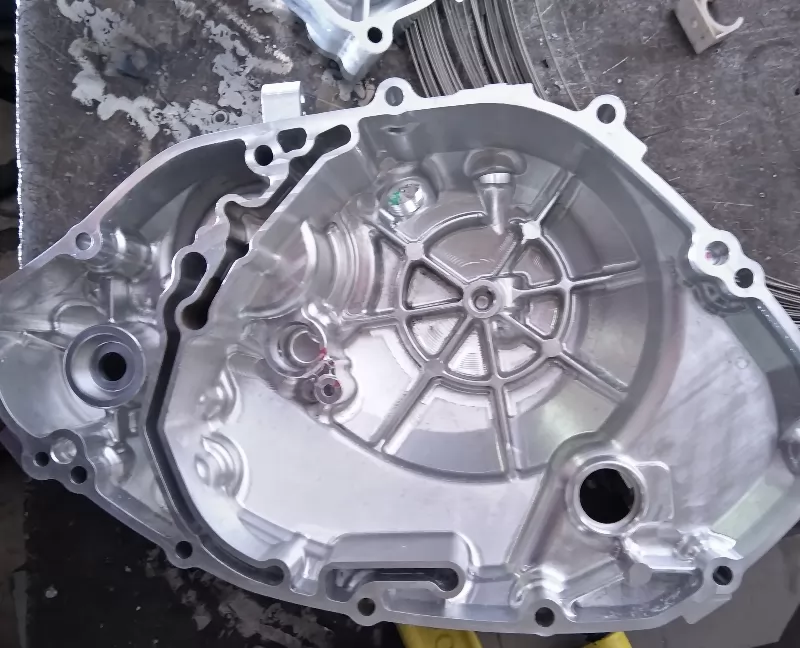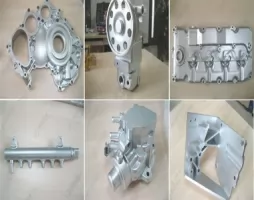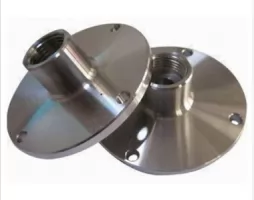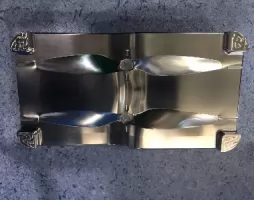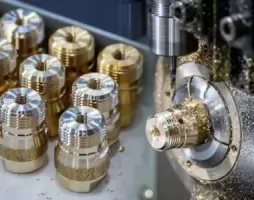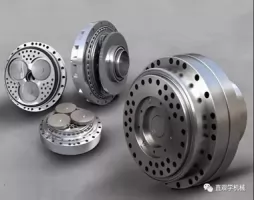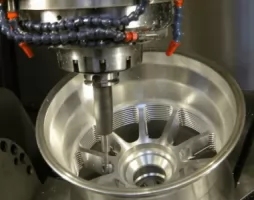-
Service
+
- CNC Precision Machining Service +
- Multi-Axis Simultaneous Machining Service +
- CNC Turning Service +
- Metal 3D Printing Service +
- Rapid Prototyping Service +
- Die Casting Service +
- Sheet Metal Fabrication Service +
-
Finish Serivces
+
- Polishing
- Grinding
- Brushed Finish
- Sand blasting
- Painting
- Powder Painting
- Anodizing
- Hard anodizing Service
- Passivation
- Zinc Plating
- Nickel Plating
- Chrome Plating
- Blackening
- Black Zinc Plating
- Teflon Coating
- Titanium Coating
- DLC Coating
- Laser Marking
- Silk Screen Printing
- Transfer Printing
- Micro Arc Oxidation
- Industries +
- About Us +
- Resource +
- Contact Us
- Quote

-
Service
-
>
-
>
-
>
-
>
-
>
-
>
-
>
-
>
-
- Industries
- About Us
- Resource
- Contact Us
Kesu provides you with a reliable one-stop CNC machining service, which provides rapid prototyping/end-use part production in a variety of materials, and related machining services to small, medium, and large-sized parts.
Despite advances in technologies such as 3D printing, CNC machining remains one of the most cost-effective methods of on-demand production to date. You cannot undermine its usefulness in machining materials like metals. However, due to various factors involved, several clients could find the computation of the CNC machining cost rather difficult.
This article will demystify the factors that a machine shop considers before determining the cost. It will also give useful tips on how to reduce these costs to suit your budget. Read on to find out more about these helpful tips.
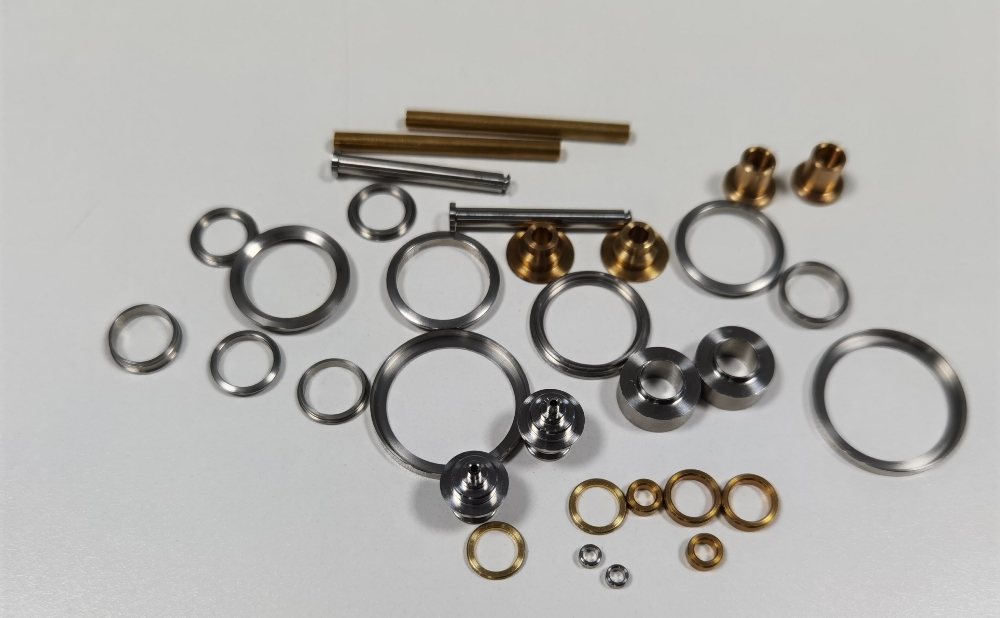
What determines the cost of CNC machining?
Before you can understand how to lower the cost of your CNC machining, you must understand the different factors that contribute to the price. The following are a few of the factors machinists consider in their calculations of the cost of CNC machining:
1. Material
This is a very important factor for machinists to take into account when calculating the cost of CNC machining. Since CNC machining is a subtractive process, it tends to use more material than will be in the final product. Machinists buy the materials in blocks, and they calculate the price of each block. The two types of materials mostly used in CNC machining are metals and plastics. Let's take a closer look at both:
– Metals
Aluminum 6061 block
Common types of metals used in CNC machining include Aluminium 6061, Stainless Steel 303 and Brass C360. Machinists use the aluminium 6061 the most due to its combination of economical price and good machinability. The stainless steel 303 and the brass C360 offer a higher degree of maneuverability and cost more as a result. You can use our quoting platform to find out more about how we factor material costs into your CNC costs.
– Plastics
ABS Plastic block
Plastics are cheaper to use for CNC machining due to the lower average price of bulk materials and shorter machining times due to their lower hardness. Plastics like ABS, Nylon 6, and POM (Delrin) have approximately the same bulk costs as Aluminium 6061, although they might cost a little higher per block. Plastics like PEEK are really expensive and should only be used when absolutely necessary.
2. Machining Cost
The cost of machining depends on the type of machine. The two main types of machines used in CNC machining are: 3-axis machines and multi-axis machines. A 5-axis machine is generally 3 to 4 times more expensive to process than a 3-axis machine.
The cost of the machine also depends on two factors: the price of the machine and the number of hours the machine is expected to operate over the course of a year. The machinists divide the machine’s price by the number of hours it will operate in a year to determine their machine shop rates (also known as the machining cost per hour).
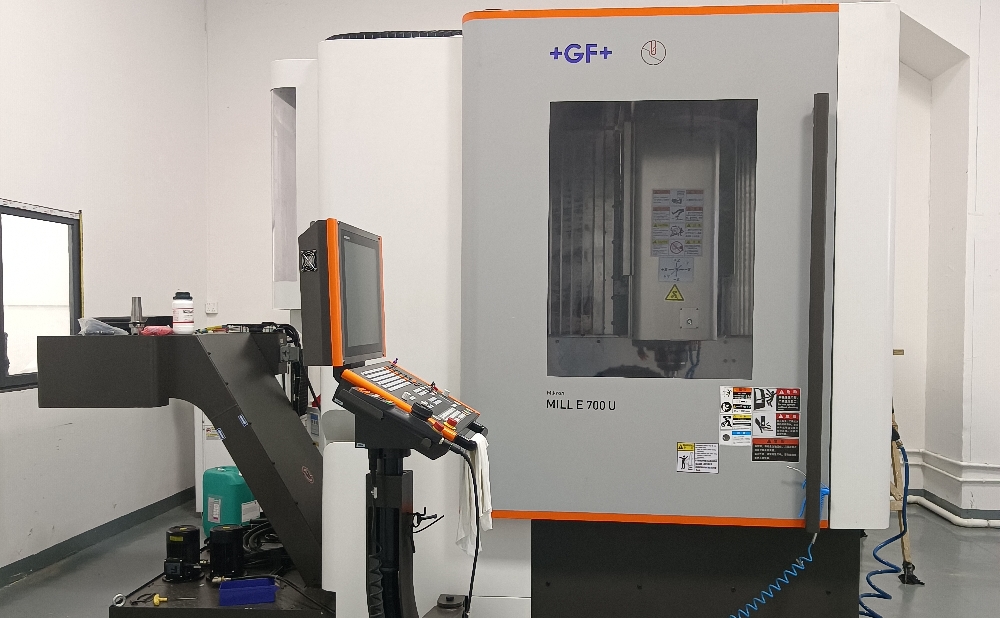
3. Labor
Because of the amount of automation involved in the CNC machining process, you do not have to pay for a large number of workers. The main labor costs are for design and digitalization. Labor costs for the CNC manufacturing process are mainly divided into three categories:
– Programming
This part of the labor cost is the most expensive, as it involves design and digitalization costs. You will need to outsource your product to a designer to produce it into a CAD file. You can get around this by doing it yourself. This is followed by a manufacturing engineer who checks your design for reproducibility and gives suggestions on how to make it better. The last person is the programmer who converts the CAD file into a CAM file to help the CNC machine understand the design. All this expertise will come at a price.
– Set up
This part involves the operator of the machine. He spends his time setting up machines for custom CNC work and making sure everything is executed in a manner that results in great results. The cost of the setup depends on the number of parts to be produced. For bulk component production, the cost per component is lower as it is spread over a larger number of components.
– Post-processing
After production, your production will require some assembly and transportation to your desired location. These processes will involve some manual labor and incur additional costs.
4. Others
Some of the other additional costs involved in CNC machining include:
– Tooling
Some custom CNC fabrications may require the machine shop to purchase special tool bits for their production. Although the tool bits will remain in the machine
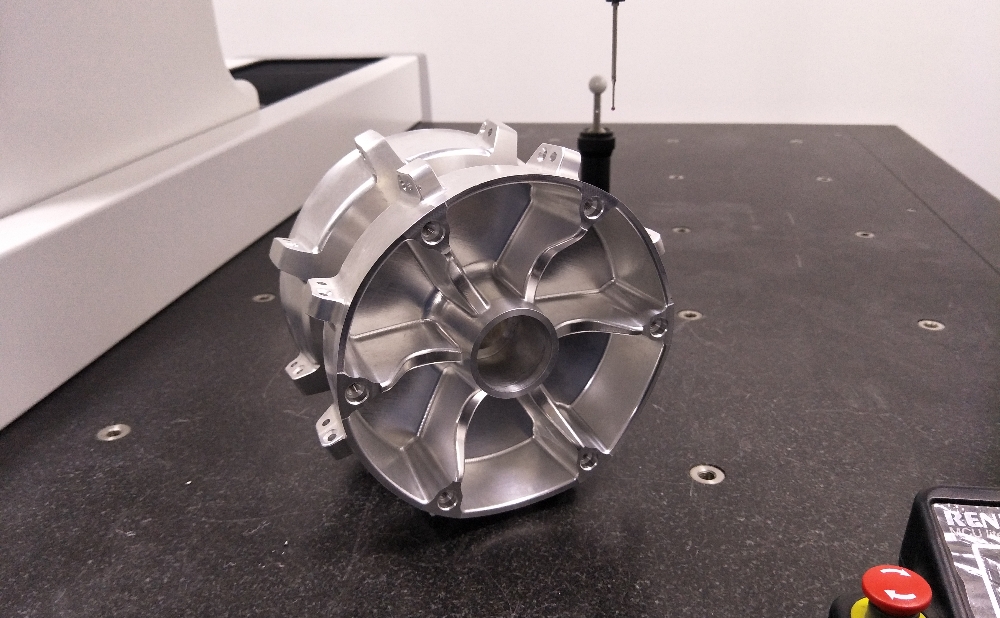
How to reduce the cost of CNC machining.
Most of the time, after estimating the cost of CNC machining, CNC machining can cost clients a bit on the high side, especially if they are not making huge quantities of products. Here are a few ways you can adjust your CNC machining costs to suit your budget:
1. Reconsider Material
The material you will use for your product is a huge determinant in the cost of CNC machining. You should consider the price of the material before choosing it for the production process. Also, the machinability of the material is very important. This determines the machining time, which in turn affects the hourly rate at the CNC machine shop for your production process.
2. Optimize Design
The design of the fabrication process is also a very important factor in the calculation of the cost of CNC machining. The complexity of your design determines the length of machining times, which in turn affects the cost. To minimize the complexity of your design, consider the following questions before sending your design for quotation:
- Are all the features in my model essential? Can I remove or simplify any of them and still retain the full functionality of my part?
- Can my design be split into parts that are easier for a CNC machine and then assembled?
- Is there a way to modify my design to eliminate the need for multiple machine setups or special tools?
- Is there a less expensive or more machine-friendly material that would fulfill my design requirements?
3. Outsource Your Need
Outsourcing your projects is another great way you can minimize the cost of your CNC machining. However, outsourcing projects to CNC machining companies in developed countries is extremely expensive. Chinese companies, on the other hand, offer considerably cheaper prices with the same level of quality. We compiled the following price ranges for the two regions:
- Prices in Developed Countries.
European CNC machining is generally more expensive due to the higher standard of living in these parts. Their prices generally range from $35 – $40 per hour for 3-axis machines, while multi-axis machines cost $75 – $120 per hour.
- Price in Asian Countries.
Chinese companies are known for their very affordable CNC machining prices, which has led many clients from around the world to outsource to companies in this region. A good example of a Chinese company that guarantees quality and still gives affordable prices is Kesu.
Contact:
Email: Diana@kesugroup.com
WhatsApp: +86 134 2483 1067
Our engineer team are ready for your projects and provide feedback quickly.

